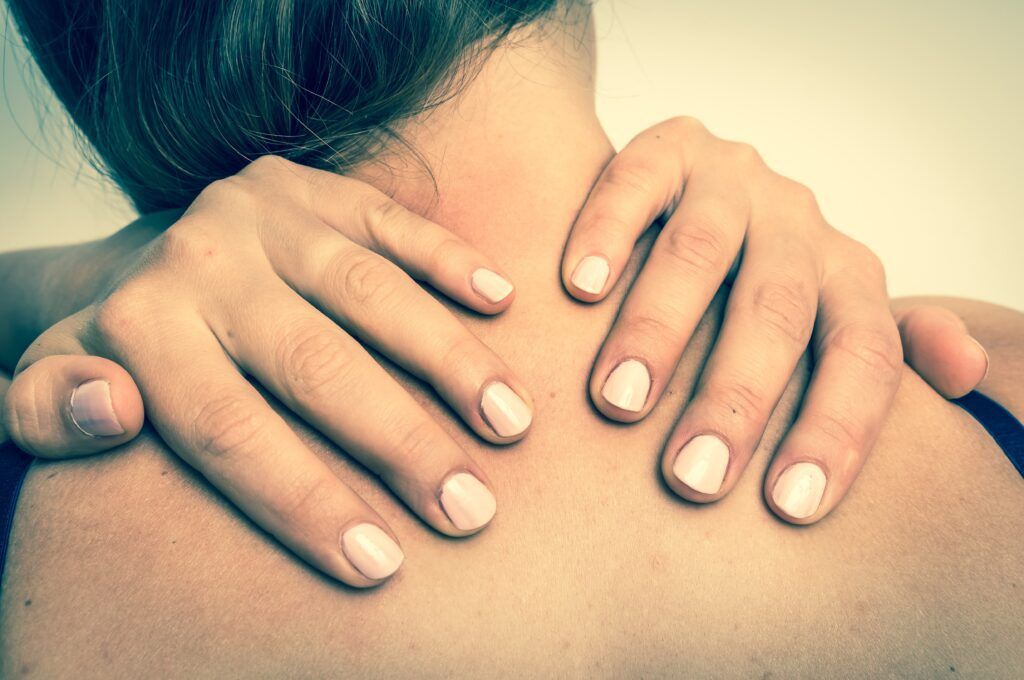Migraines are a common type of headache that can be extremely painful. Some people experience migraines several times a month, while others only have them occasionally. If you are one of the millions of people who suffer from migraines, you know how debilitating they can be. While there is no cure for migraines, there are many things you can do at home to help relieve the symptoms. In this blog post, we will discuss what migraines are, their symptoms, and what causes them. We will then list and explain 7 tips for treating migraines at home.
What are migraines?
Migraines are a type of headache that is usually characterized by severe pain, sensitivity to light and sound, and nausea. The pain is often described as throbbing, pounding, pulsing, perforating, and debilitating. Pain associated with migraines also commonly affects the forehead, usually on one side of the head. Migraines can last for hours or even days, with the average attack lasting around 4 hours. Some people experience migraines several times a month, while others only have them occasionally.
The symptoms of migraines can vary from person to person, but they usually include:
- severe pain
- sensitivity to light and sound
- nausea/vomiting
- feeling faint
- dizziness
- blurred vision
- seeing shapes, flashing lights, or bright spots
- tingling in their hands or feet
There is no one single cause of migraines, but there are several factors that can trigger them. These include stress, lack of sleep, bright lights, loud noises, strong smells, and certain foods. Even things like hormone changes, the use of certain medications, or changes in barometric pressure can trigger a migraine.
Tips for Treating Migraines at Home
Now that we have discussed what migraines are and what their symptoms are, let’s move on to the tips for treating them at home.
Tip #1 Rest
If you are suffering from a migraine, the first thing you should do is try to relax in a dark and quiet room. This will help to ease some of the pain, especially if you are experiencing sensitivity to light and sound. In some cases, sleeping can also alleviate a headache, and being in a dark, quiet room makes you more likely to fall asleep. At the very least, studies show that migraine pain tends to improve after being in the dark for 20-30 minutes. To prevent future migraines, it is also important to get around 7-8 hours of sleep a night.
Tip#2 Apply a cold compress to your head or neck.
Applying a cold compress to the forehead or back of the neck can help to distract the brain from the pain and provide a numbing effect that reduces inflammation and pain. Ice packs can also help slow blood flow, which can help alleviate some of the pain. Some people prefer to use a warm compress instead, which can help relieve muscle tension and relax tight muscles.

Tip #3 Massage your temples or neck.
Massages help to relax muscles and can ease pain caused by migraine, especially if the migraine is triggered by muscle tension. Therefore, gently massaging your neck or temples may help to reduce pain. However, some people may experience allodynia, or an extreme sensitivity to touch that makes even the lightest touch painful. In these cases, massage is not recommended since it can make the pain worse.
Tip #4 Stay hydrated
When you feel a migraine coming on, drink plenty of fluids, especially water. This will help to prevent dehydration, which is a common migraine trigger that can make migraines worse. In fact, the American Migraine Foundation notes that as many as one-third of people with migraines note dehydration is a trigger. It has also been shown that drinking lots of water can shorten the length of a migraine. Since water is the best thing to drink, you can add flavor by adding lemon or a little bit of fruit juice to the water.
Tip #5 Avoid trigger foods and drinks.

There are certain foods and drinks that can trigger migraines. These include things like chocolate, caffeine, alcohol, and processed meats, just to name a few. Keeping a food diary can help you identify your specific triggers so that you can avoid them. Avoiding migraine triggers can help decrease the frequency of future migraines.
Tip #6 Take over-the-counter pain medication.
There are many over-the-counter medications that can help to relieve the pain of migraines. These include ibuprofen, acetaminophen, and naproxen. There are also certain medications made especially for migraines that may contain a combination of painkillers.
Tip #7 Supplement Magnesium
Magnesium is a mineral that is known to help relieve migraines. People who are deficient in magnesium may be at a higher risk of experiencing a migraine with aura and women are more likely to experience menstrual-migraines. For some people, supplementing magnesium has been effective at reducing the frequency of migraines. It can be taken in supplement form or obtained from foods such as dark leafy greens, nuts, and seeds. However, it is important to speak with your doctor before starting any type of supplement.
In Conclusion
Migraines are a common type of headache that can be extremely painful. They are often accompanied by sensitivity to light and sound, nausea, and vomiting. There are many things that can trigger migraines, including dehydration, stress, and certain foods or drinks. While there is no cure for migraines, the above tips can help alleviate the pain. We hope that these tips will help you to find relief from your migraines! For more information on how to manage your migraines, schedule an appointment with one of our neurologists today!

Dr. Kashouty, a diplomate of the American Board of Psychiatry and Neurology (ABPN), practices general neurology with fellowship trained specialization in clinical neurophysiology. Dr. Kashouty finds the form and function of the nerves and muscles the most interesting part of neurology, which is what led him to specialize in neurophysiology with more emphasis on neuromuscular conditions. He treats all neurological diseases, but his main focus is to treat and manage headaches, movement disorders and neuromuscular diseases.




